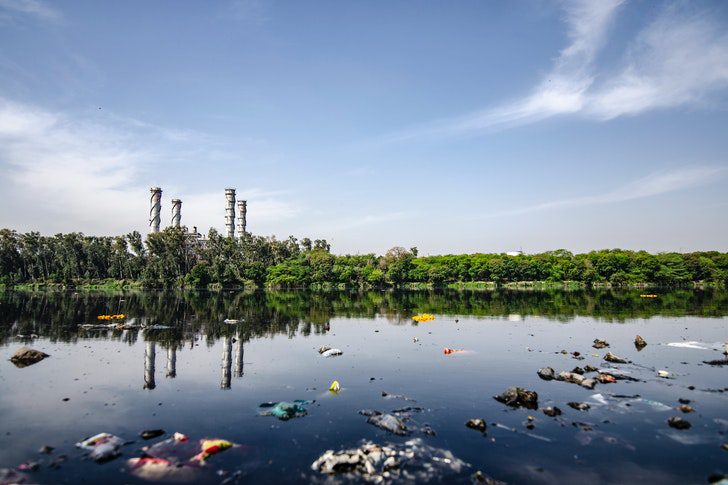An astrophysicist paid a visit to Nasa’s Institute of Space Studies for research, and things he learnt there about the world are extremely fascinating! His purpose of visiting was to study global warming from an astrobiological perspective. In hopes of doing exactly that, he came across the director of GISS, Gavin Schmidt, who most certainly out-speculated the researcher in less than five minutes!
Schmidt began by asking the researcher questions like, "how does one know that they’re the only civilization that has lived on the planet?" and, "how come there haven't been more in the past?" These questions took him by surprise as he imagined that he’d constantly been rolling his eyes at everything Gavin had to say about Exo Civilization. Gavins’ questions had him thinking that if these civilizations really did exist, they’d be millions of years old.

Constantin Chernishov/Pexels | Buried ruins can only determine civilizations from a few thousand years ago.
Ancient Remains
When we think of extinct civilizations, our mind naturally wanders to buried ruins and sunken statues. This kind of discovery is great if you’re only trying to go as far as a couple of thousand years back in time. However, it gets way more complicated when you start looking for extinctions of millions of years ago.
If we were to look at the un-tampered evidence of an industrial civilization such as roads, cities, and factories, the geological record only goes as far as 2.6 million years ago, which was the Quaternary period. For example, the Negev Desert is the oldest stretch of ancient surface on a large scale and is believed to be 1.8 billion years old. Everything that existed beyond the Quaternary period is more than likely to have turned into dust by now!

Jeremy Bishop/Pexels | The Negev Desert has existed for 1.8 billion years!
How Can We Tell If These Civilizations Existed?
So, is there any kind of evidence that remains? If yes, what is it? The only way to figure it out is to think about what we, as a civilization, would leave behind if we were to collapse and go extinct at our current development stage. At this point, there are many traces that are being laid down by the collective activity of humanity, which will very easily be detectable by scientists after 100 million years.

Yogendra Singh/Pexels | The damage we do to our planet will surely be detectable within a 100 million years
A perfect example is our usage of plastic. Studies have revealed that there is a consistent increase in the amount of marine litter (plastic) that’s finding itself in the seafloors all around the world, such as in coastal areas, deep basins, and even the Arctic. Another example is our considerable use of fertilizers. It’s to keep the entire human race fed but also means that the planet's nitrogen flow is being redirected into food production. This ought to make a noticeable change; one that can be detected millions of years later.




